After many years of talking about marketing, learning about marketing and consuming marketing. I feel confident in saying that “Marketing”, with a big M, is dead. The term carries so much baggage — so much angst and, in some ways, so much hatred, that it is worse than useless as a definition. Marketing’s meaning is perverted and distorted so much that people now have a visceral, physical, hateful reaction to the mere mention of the word. Marketing is dead…or should be… and we need to find not only new methods of “marketing”, but also new theories, new tactics and basically a whole lot a NEW ideas.
 Since the term marketing is so loaded, I think we need to usurp or create a new moniker for our active efforts to sell our books, music, movies, shows, arts and crafts. After some quick thought, the term Introduction seems a useful replacement. Instead of screaming our marketing at someone, via television, newspaper, magazine and radio, we should instead seek to introduce people to our work. We should then support them — in any way possible — in introducing our work to others. These introductions aren’t tied to money, prestige or other perks, but rather introductions are given on the basis of value. Each person is told, “if you like this, introduce it to your friends, family and peers.”
Since the term marketing is so loaded, I think we need to usurp or create a new moniker for our active efforts to sell our books, music, movies, shows, arts and crafts. After some quick thought, the term Introduction seems a useful replacement. Instead of screaming our marketing at someone, via television, newspaper, magazine and radio, we should instead seek to introduce people to our work. We should then support them — in any way possible — in introducing our work to others. These introductions aren’t tied to money, prestige or other perks, but rather introductions are given on the basis of value. Each person is told, “if you like this, introduce it to your friends, family and peers.”
Author Seth Godin often talks about the need for a Purple Cow — something so unique, so fun so great — that people simply cannot NOT talk about. (Link to the book) When that happens, old school marketing goes out the window and new school Introductions begins. Still, you only have to watch TV, listen to the radio or read a newspaper to see that old school marketing still seems to be the only thing that people understand.
We must share our work!
As content creators, we MUST market — er, Introduce, — ourselves to the world. Books and scripts don’t sell themselves in a drawer. Music doesn’t sell itself in your computer recording studio. Photos can’t be hidden in the dark. In order to sell our products, they must be seen by the world — seen and appreciated. To start this process, we must introduce them to the world through people that appreciate them and activities that share them to like-minded people. This isn’t the scattershot screaming of today’s “Marketing.” It is a careful cultivation of people who can grow with you and your product over the years.
In seems only smart to change our tactics. If you talk to people about marketing most seem cynical, distraught and angry. Some even wish they didn’t do the marketing work they currently do. How sad! Is this where marketing has led us? You can understand their cynicism, though. The methods that were so carefully honed over the last 2-3 centuries are failing us. Changes in the our world, economy and technology have systematically stripped away the usefulness of old marketing, but as of yet, very little new thought has arisen to take its place. It is almost like we are shipwreck survivors who would rather go down with the debris from the ship than try to swim to the nearby shore. We are too afraid to try something new, even though the old is sinking beneath us. Instead we wallow in our cynicism and anger.
Introductions
Enter Introductions. Introductions are not about shouting at strangers, it is about conversing with friends. It is not about seeking the mass market, but rather the close knit niche markets that the Internet has made possible. It isn’t about sell, sell, sell as much as it is about share, share, share, talk, talk, talk and then, hopefully, sell, sell, sell. You aren’t trying to convince people to buy, you are rather introducing them to a product and then helping them come to their own thoughts of the benefits and desire to buy your product. Yes, it is still selling, but in a much different way.
The old method of marketing is like some carnival barker shouting about all the great wonders you will see inside the tent. Introductions are more like a casual discussion over a latte at your local coffee bar. Marketing is about short term, one chance, buy it now or get out of my face. Introductions are more “Check it out. See what you think. Tell your friends if you think it is fun, cool, useful.”
Are Introductions the answer to are current marketing woes? Who knows? That is one of the problems today. No one knows what is coming next and so they cling to the past. It frightens them to the point of inaction. That can’t see what the future holds and are scared to death of going there. Unfortunately, the future doesn’t care what we feel or how afraid we are. The future arrives regardless. It is time to start thinking new thoughts about marketing. My concept of Introductions is simply one possible way. Maybe you have something better, just waiting to be discovered.
The marketing ship is sinking! Isn’t it about time you let go of the ship and started swimming to shore. I know I am paddling as fast as I can to get there.
What are your thoughts about the future of marketing? Does it even have a future under a different name? Share your thoughts in the comments. I would love to hear what you think!

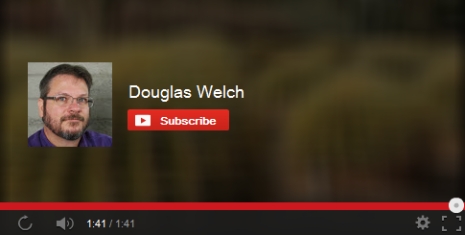
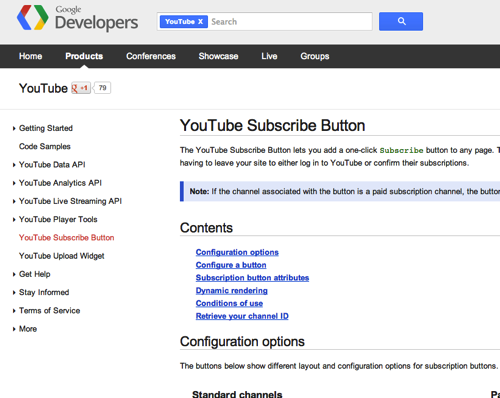
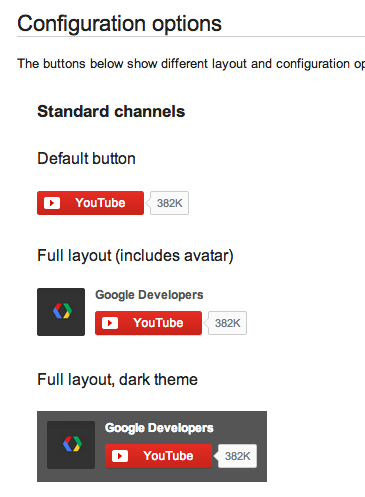
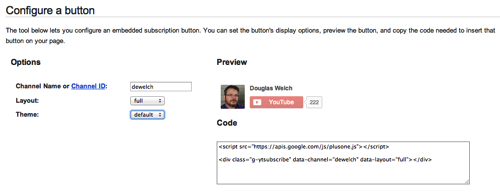
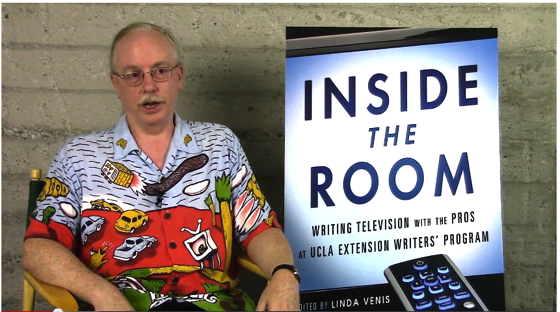



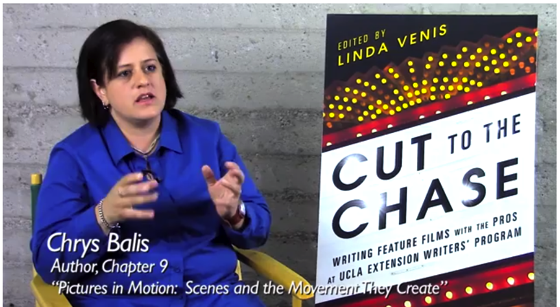
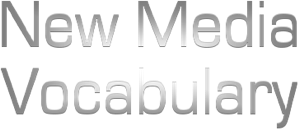



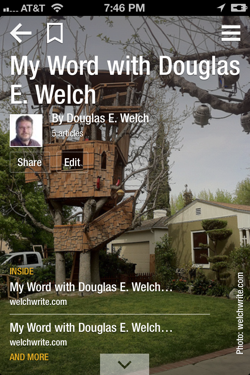
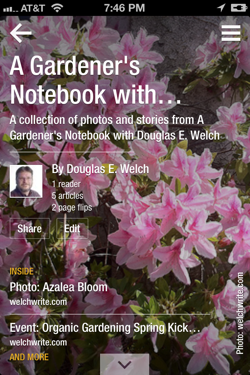
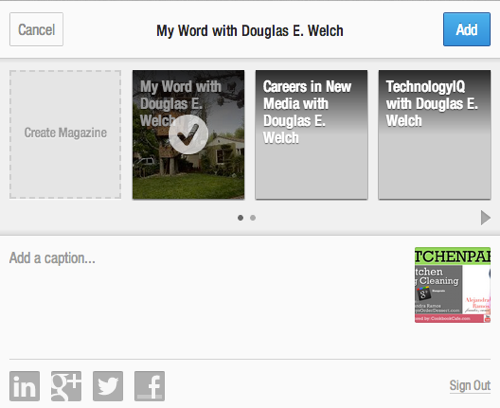
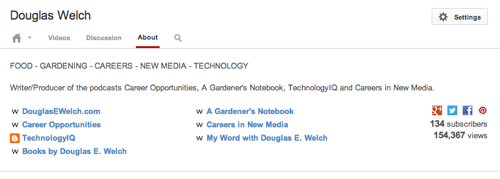





 One of the most common questions I get asked as a New Media consultant is “How do I live video stream my event?” The fact is, the technology part of the live streaming equation is easier than ever before, but it still requires a little bit of equipment and, more importantly, good planning to get your live video stream up and running.
One of the most common questions I get asked as a New Media consultant is “How do I live video stream my event?” The fact is, the technology part of the live streaming equation is easier than ever before, but it still requires a little bit of equipment and, more importantly, good planning to get your live video stream up and running.
